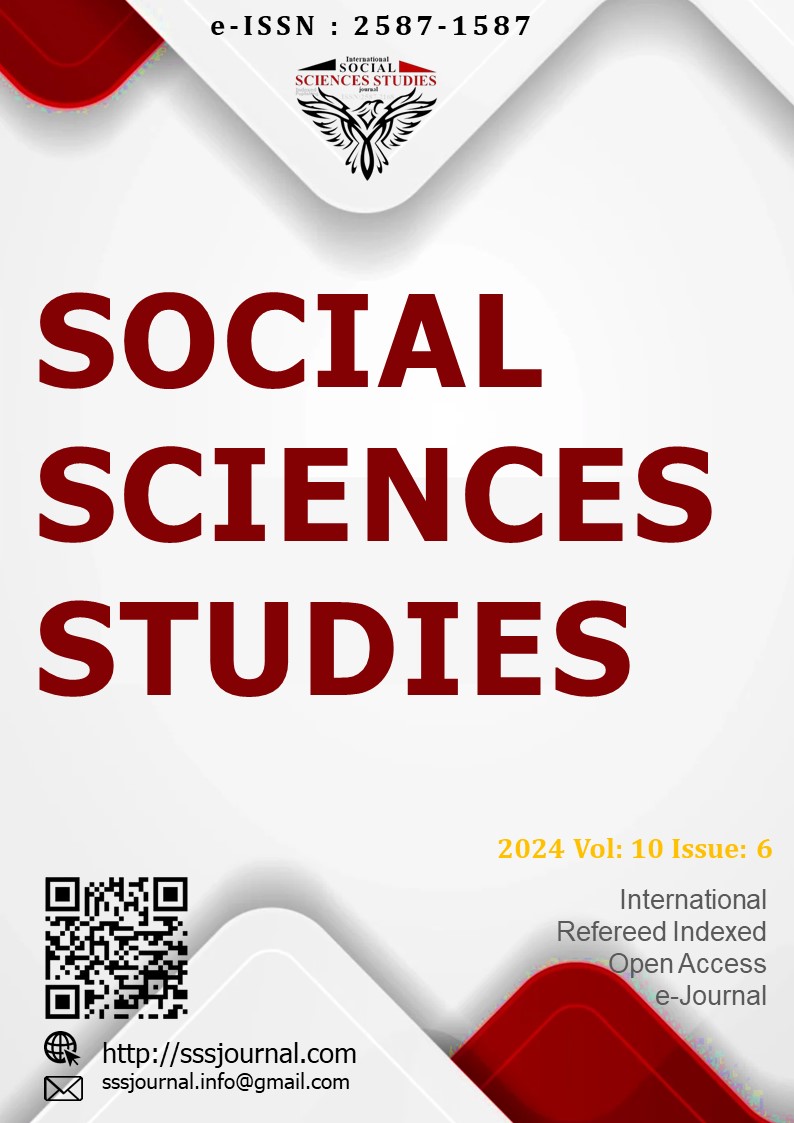Author :
Abstract
Toplumların sevinç ve hüzünlerini paylaşma temsillerinin oluşturduğu kültürel bütünlük, o toplumların kimliği niteliğindedir. Toplumun karakteristik şifrelerle örülü bu kültürel birikimi incelendiğinde kolayca aidiyeti hakkında bilgi bulunabilmektedir. Tarih sürecinde birçok toplumla birlikte yaşayan Türkler de bu toplumlardandır. Dünyanın dört bir yanını yurt edinmiş Türkler, coğrafi zenginliklerinin yanı sıra bulundukları coğrafyalarda da çeşitli milletlerle bir arada yaşamalarından dolayı ortak kültürel zenginliklere sahiptir. Bu milletlerin birbirleriyle etkileşimleri kültürün güncel durumunu belirlemiş ve orana bakılmaksızın bu kültür, ortaklıkla adlandırılmıştır.
Yazının icadıyla, kültürel belleğin kaydedilmesi süreci başlamış ve bu noktadan itibaren kimliklendirme problemleri ortaya çıkmıştır. Bunun sebebi eserlerin ait olduğu coğrafyanın bilinmesi ya da tahmin edilebilmesine rağmen o coğrafyada bulunan farklı milletlerin ortak yaşamları ve böylelikle de ortak ürünleri olmasıdır. Siyasi mücadelelerin sonucu olarak belirlenen ve sahiplenilen coğrafyalar, toplumların fiziki olarak yaşama-yönetme alanlarıdır. Bu coğrafi sınırlar içinde çok farklı nedenlerden, değişik toplumların mensupları bir arada yaşamakta ve sosyal yaşamın her alanında etkileşim içinde bulunmaktadır.
Siyasi sebeplerden dolayı sahiplenme, kimliklendirme ve hatta bu yolla siyasi tartışmalara kanıt olarak kullanma çabası şeklinde sunulan Sarı Gelin Türküsü bu duruma iyi bir örnek teşkil etmesi bakımından çalışmamızda ele aldığımız problematik için örnektir.
Amacımız ise toplumların birlikte yaşadığı coğrafyalara ait kültürel ürünlerde coğrafi adlandırma çabasına girilmemesi ve bu ürünlerin anlam ve yapısal özellikleri dikkate alınarak kültürel bölge tanımlarının daha net yapılması fikrini oluşturmaktır.
Araştırmamızda Nitel veri toplama yöntemi kullanılarak öncelikle konu ile ilgili kaynaklar taranmış ve betimsel bir yaklaşım sergilenmiştir.
Bulgular ve sonuç kısmında ulaştığımız ana fikir ise belli bir coğrafyada yaşayan toplumun kültürünün tarih sürecindeki ortaklıklar sonrasında zaman ve etkileşimlerle şekillenmesine rağmen adlandırma kısmında yalnızca o coğrafi adın kullanılmasının doğru olamayacağı fikridir.
Keywords
Abstract
The cultural integrity formed by the representations of sharing the joys and sorrows of societies has the characteristics of the identity of those societies. By examining this cultural accumulation of society, woven with characteristic codes, it is easy to find information about its affiliation. Turks, who have lived together with many societies throughout history, are one of these societies. Due to their geographical richness and coexistence with various nations in the regions where they live, Turks who have made their homelands all over the world share a common cultural wealth. The interaction of these nations with each other has determined the current state of the culture, and this culture is characterized by commonality, regardless of the proportion.
With the invention of writing, the process of recording cultural memory has begun, and from that point on, identification problems have arisen. The reason for this phenomenon is that although the geographical provenance of the artifacts is known or can be presumed, the inhabitants of the same geographical area share a common lifestyle and thus a common set of products. The geographies determined and claimed as a result of political struggles are the physical living and governing spaces of societies. Within these geographical boundaries, members of different societies live together for a variety of reasons and interact in a multitude of ways in every aspect of social life.
The Sarı Gelin Folk Song, which is presented as an attempt to ownership, identification, and even the usage of it as evidence in political debates for political reasons, is a good example of the problem the study for providing a good example of this situation.
The study aims to create the idea that cultural products belonging to the geographies where societies live together should not be subjected to geographical naming efforts and that cultural region definitions should be made more clear by taking into account the meaning and structural characteristics of these products.
In the research, using the qualitative data collection method, the sources related to the subject were reviewed and a descriptive approach was employed.
The main idea revealed in the findings and conclusion sections is that although the culture of the society living in a certain geography is shaped by time and interactions after the commonalities in the historical process, it is not sufficient to rely solely on the geographical name in the naming process.





